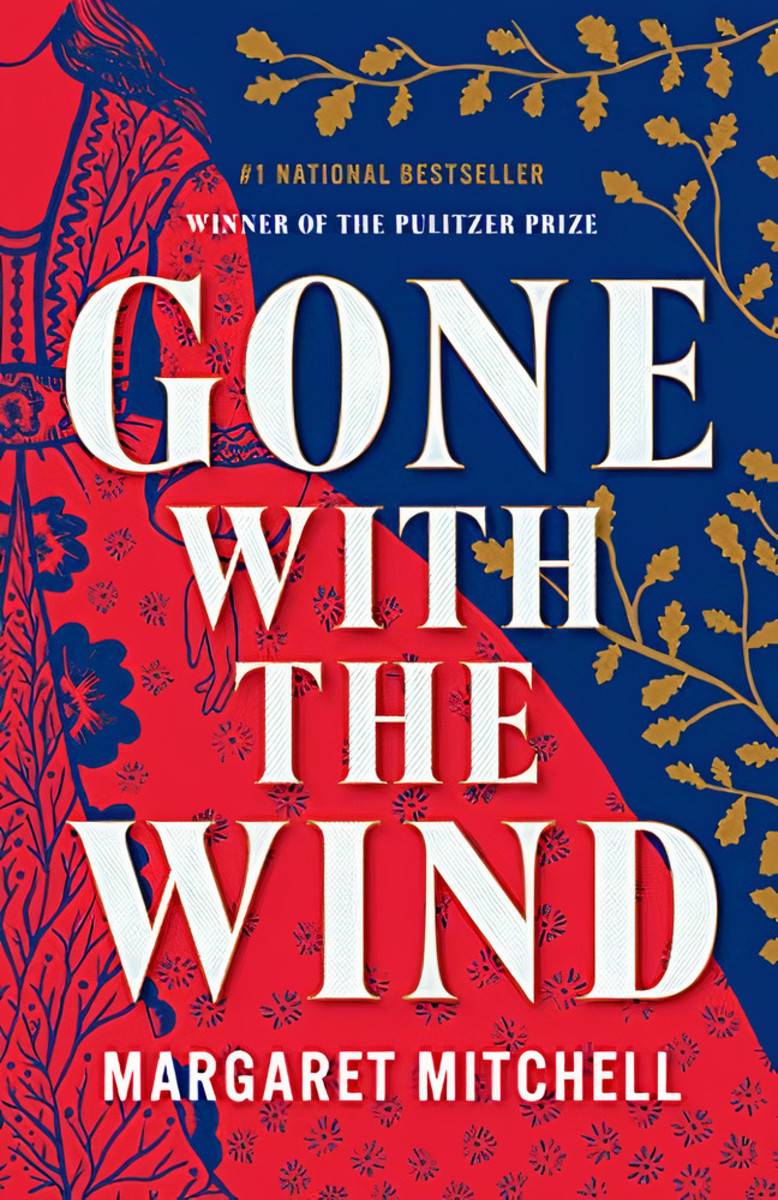Margaret Mitchell’s “Gone With the Wind” is a sweeping historical epic that delves into the heart of the American South during a period of monumental upheaval. First published in 1936, the novel presents not only a vivid tableau of life during the Civil War and Reconstruction but also explores complex themes of love, survival, and moral ambiguity. At its core, this timeless classic invites readers to navigate the tumultuous emotional and social landscapes of its characters, especially the indomitable Scarlett O’Hara.
One cannot embark on a journey through “Gone With the Wind” without first acknowledging its protagonist, Scarlett O’Hara. This remarkable character exemplifies resilience, cunning, and a fierce will to survive against overwhelming odds. Initially introduced as a spoiled Southern belle, Scarlett gradually evolves into a formidable figure, displaying an extraordinary capacity for adaptation. Her journey reflects the erosion of the Old South’s genteel values, inviting readers to ponder the consequences of survival at any cost.
The narrative begins in the quiet grandeur of Tara, the O’Hara family plantation, which serves as a microcosm of the South’s troubled identity. Through Mitchell’s elaborate and evocative descriptions, readers can almost hear the rustling cotton fields and feel the palpable tension that surrounds Scarlett’s liaisons and social standing. The novel is replete with richly drawn characters, each contributing to the intricate tapestry of Southern society. From the magnanimous Ashley Wilkes to the sardonic Rhett Butler, these figures initiate a deeper examination of societal expectations and personal desires.
As the Civil War erupts, the idyllic life of the South shatters, casting shadows on Tara and its inhabitants. This brutal conflict acts as a catalyst for Scarlett’s transformation. Once sheltered by privilege, she finds herself grappling with the stark realities of loss and hardship. The war and its aftermath engender a kind of metamorphosis; Scarlett’s initial frivolity gives way to a steely resolve to reclaim control of her life. Herein lies one of the novel’s profound promises: it compels readers to reconsider their definitions of strength and vulnerability.
In the midst of this chaos, the shifting dynamics of relationships underscore the novel’s exploration of love and ambition. Scarlett’s tumultuous love affair with Ashley Wilkes serves as a poignant backdrop to her dynamic with Rhett Butler. Their interactions oscillate between affection and antagonism, revealing a compelling complexity that transcends conventional romantic narratives. Rhett, a pragmatic opportunist, injects both passion and pragmatism into the narrative, challenging Scarlett to confront her illusions about love and loyalty.
Yet, as readers delve deeper, they realize that “Gone With the Wind” is not merely a tale of romantic entanglements. It is a thoughtful exploration of the human condition, navigating historical narratives and the quest for identity amidst chaos. Mitchell deftly captures the harsh realities of wartime life, painting an unflinching portrait of both heroism and cowardice, loyalty and treachery. Characters like Mammy and Prissy add layers of complexity, amplifying the nuanced portrayal of race and class. These individuals offer perspectives that are as crucial as Scarlett’s, challenging readers to examine the broader implications of personal choices in a world fraught with moral ambiguity.
The prose itself is a rich tapestry interwoven with vivid imagery and emotionally charged language. Mitchell’s ability to evoke the senses engenders an immersive experience. Readers can almost taste the dust of battle, smell the smoke of burning homes, and feel the weight of despair enveloping Scarlett as she navigates her increasingly fragmented world. This linguistic mastery is paramount in creating an atmosphere that resonates with both nostalgia and critique.
The novel’s structure, sprawling and intricate, mirrors the chaotic nature of its narrative. The shifting perspectives and temporal leaps reflect the tumult of the time, urging readers to engage with the text actively. Each chapter unfolds like a new scene in a grand theatrical production that reveals the strengths and weaknesses of humanity against the backdrop of historical forces. Beyond its narrative style, Mitchell’s work raises questions about fate and agency. Can one truly control their destiny amidst the vicissitudes of history? As Scarlett’s fortunes rise and fall, her resolve to seize her future becomes both an anthem and a lament.
As the story progresses, one cannot overlook the devastating price of Scarlett’s ambition. Her relentless drive often alienates those she loves the most, culminating in an emotional void that no amount of material wealth can fill. The sorrowful irony of her triumphs becomes apparent, challenging readers to reconcile achievement with authenticity. What does it mean to succeed when the costs are so high? This introspective inquiry resonates even more profoundly in contemporary contexts, making the novel an enduring work that transcends its historical setting.
In conclusion, “Gone With the Wind” stands as a monument to both the glories and tribulations of the human spirit. It promises readers a profound shift in perspective on resilience, love, and the moral complexities that accompany them. The narrative is a masterful interplay of character and context, inviting us into the tumultuous life of Scarlett O’Hara and the world she inhabits. As we turn the pages, we are compelled to reflect on our perceptions of strength and weakness, richness and poverty, thus ensuring that Mitchell’s masterpiece remains an essential exploration of the human experience for generations to come.
